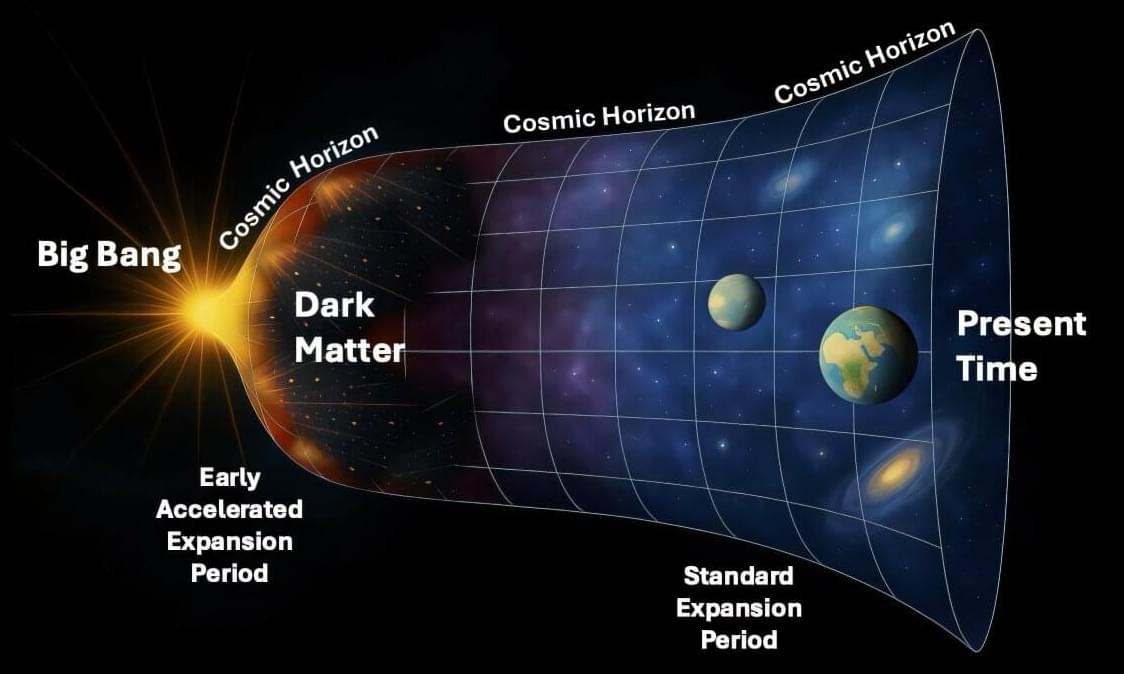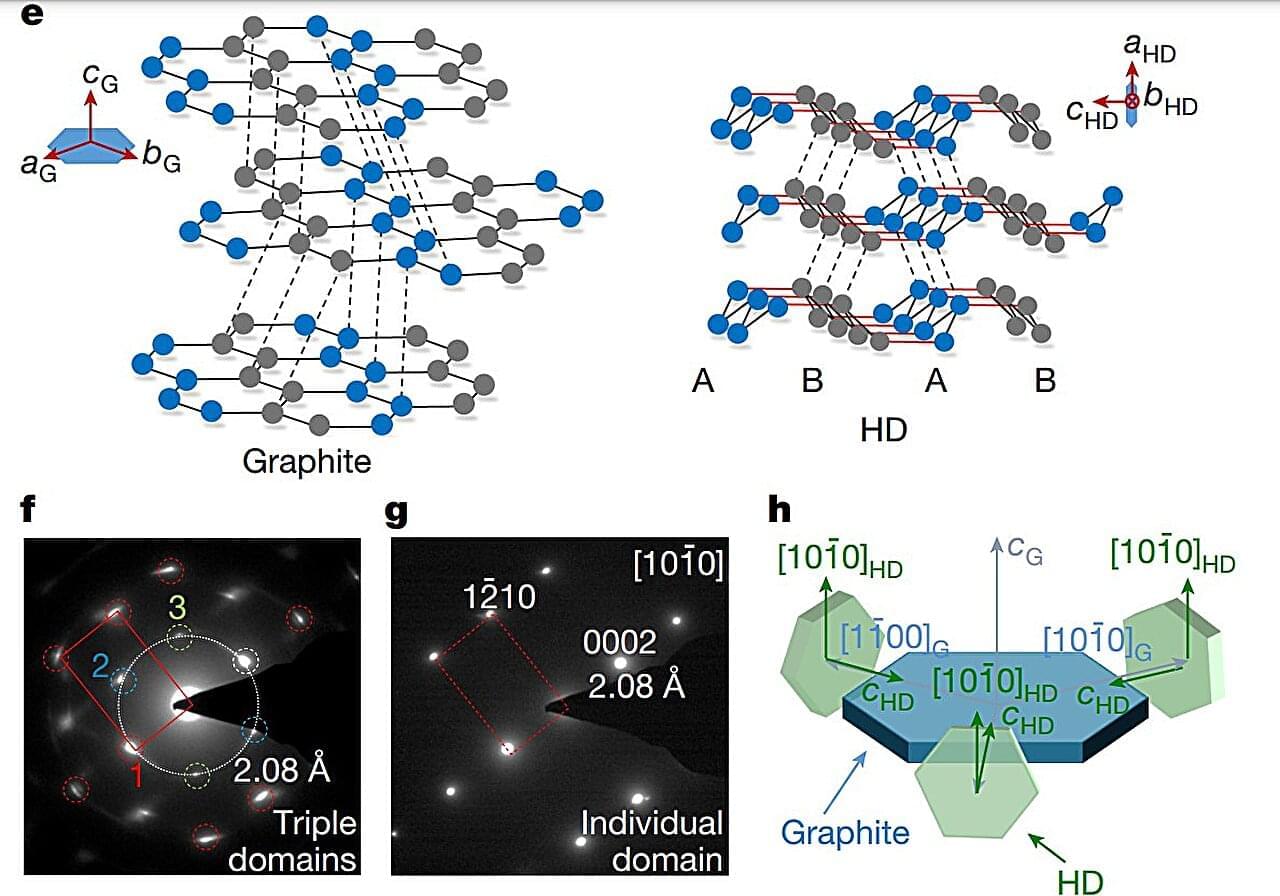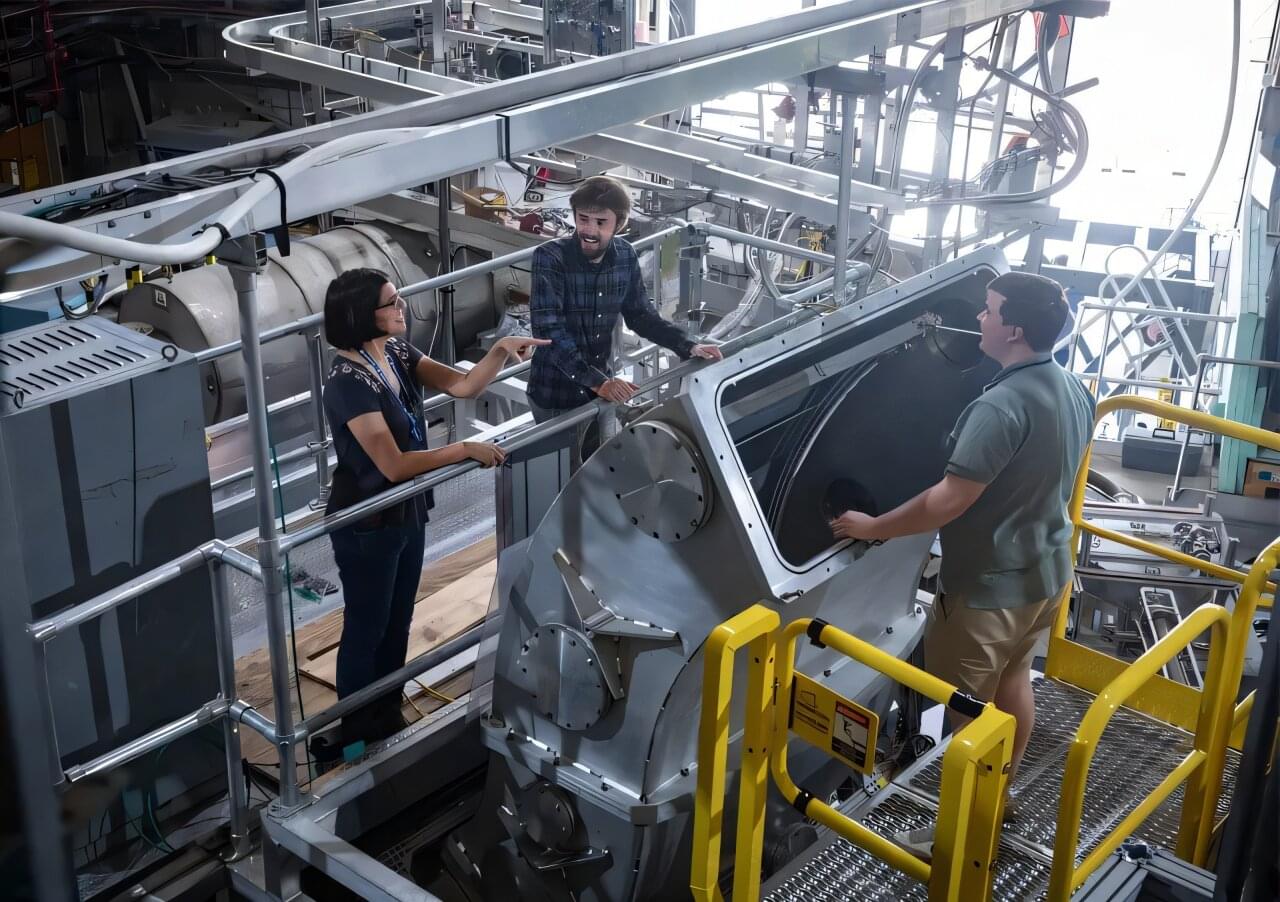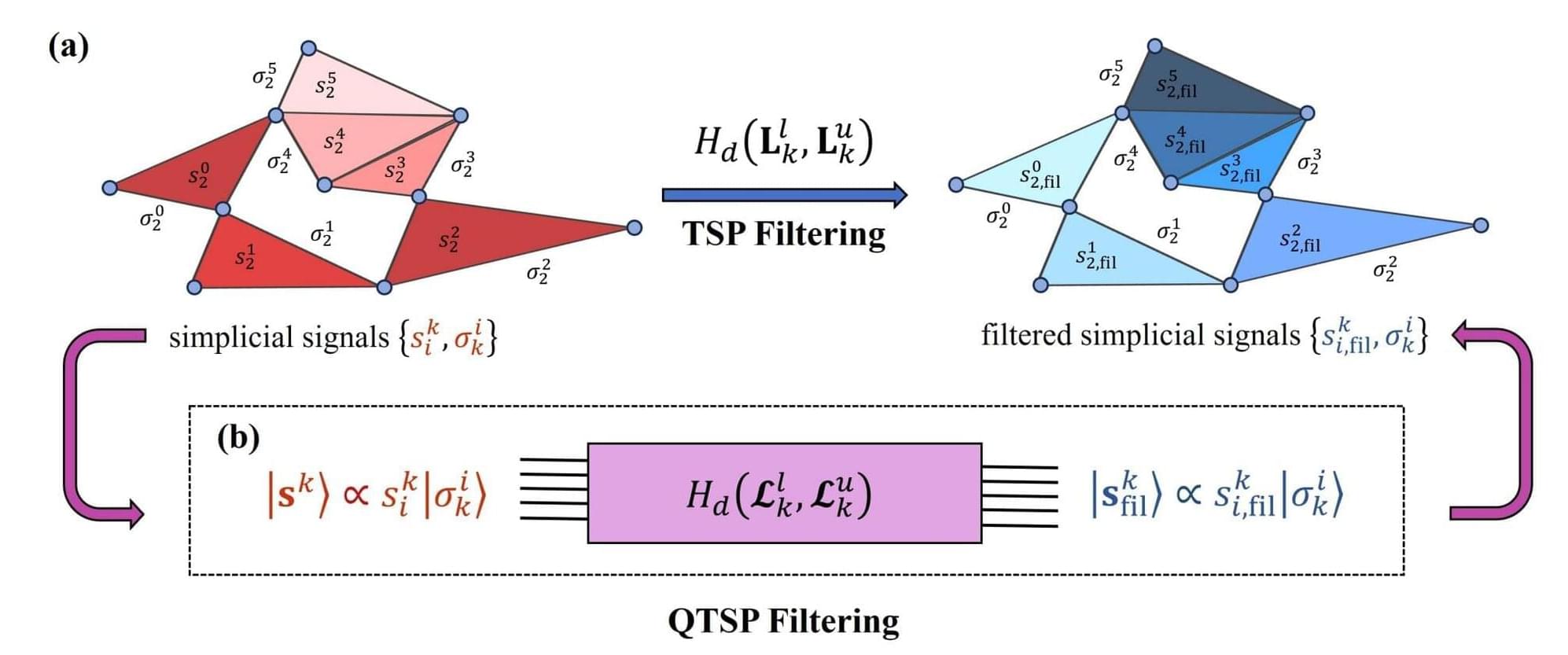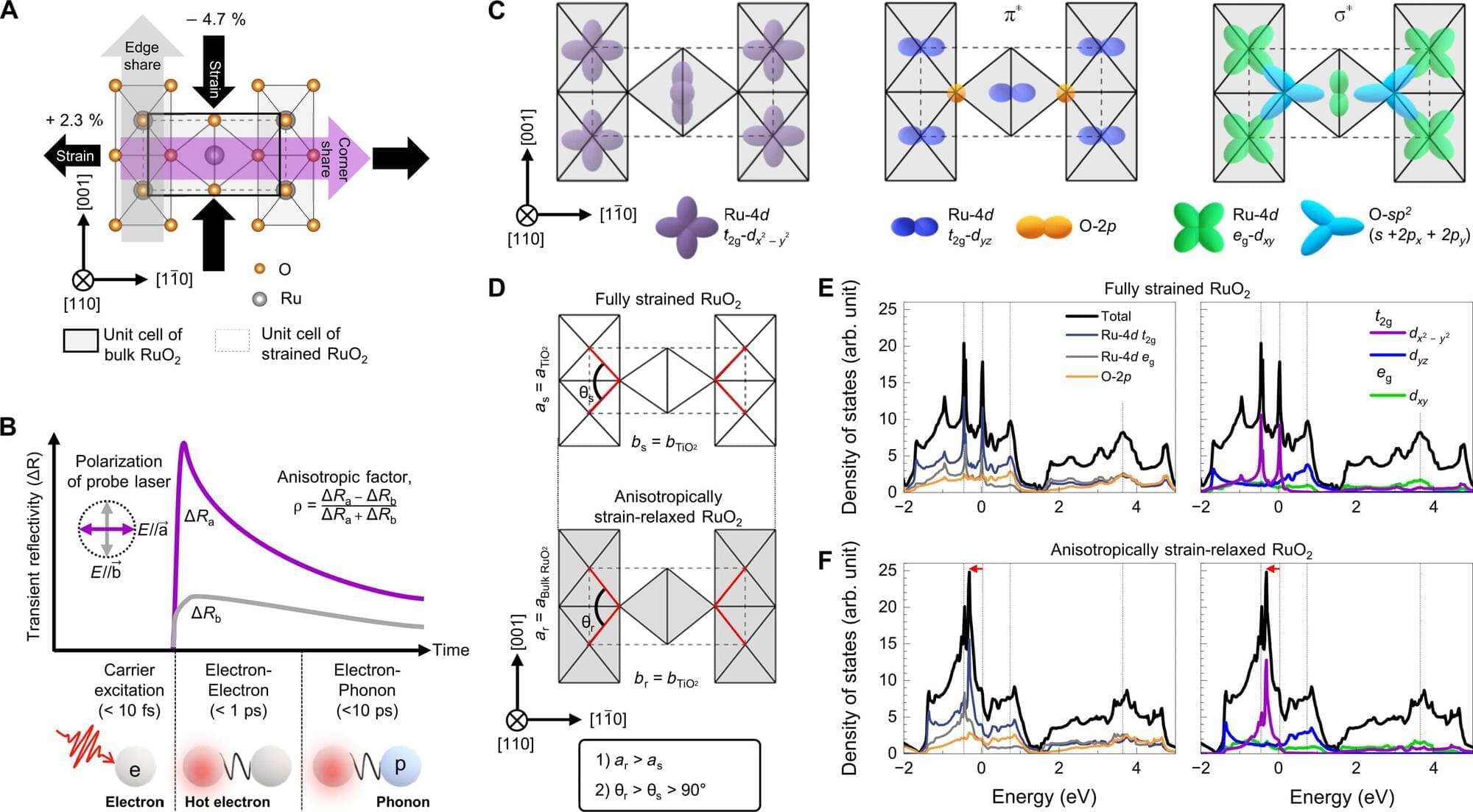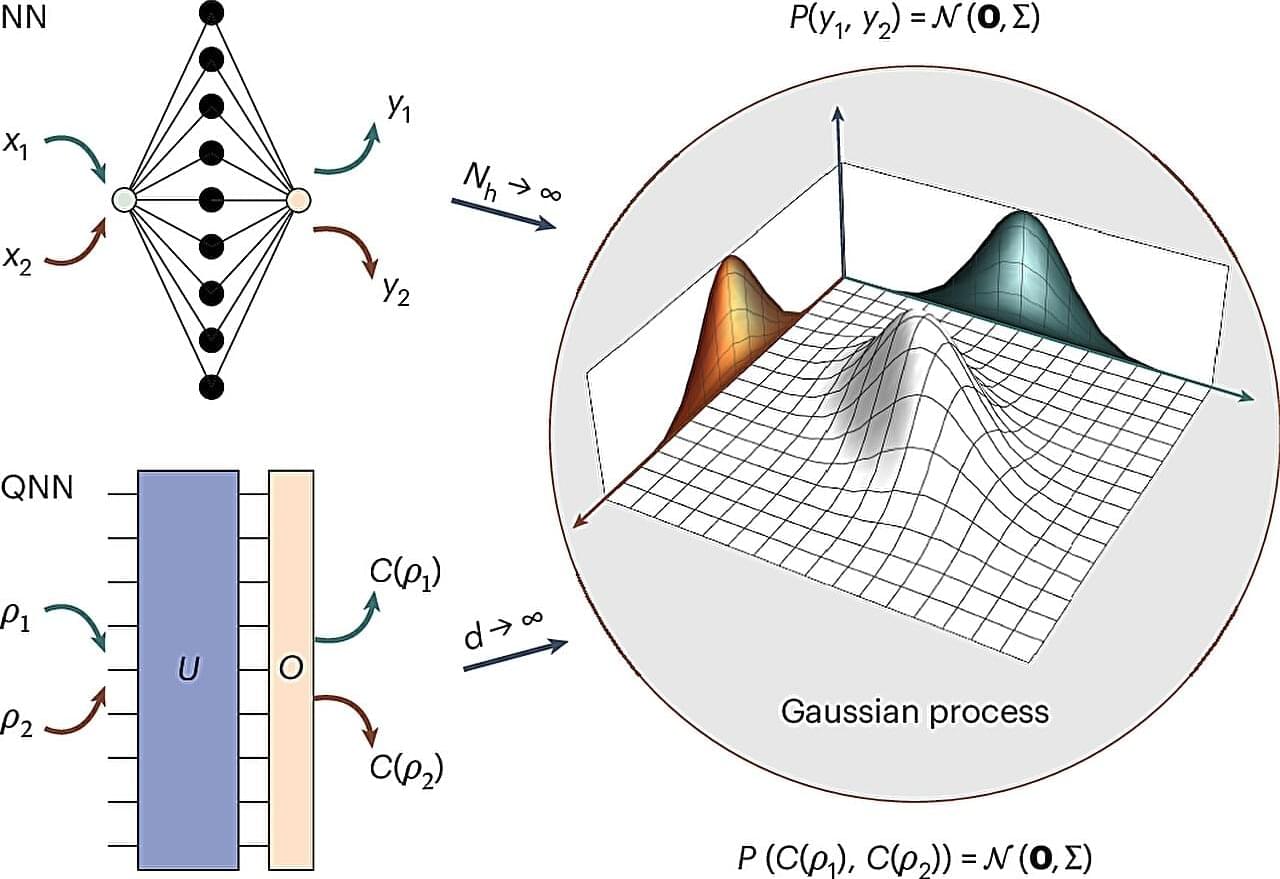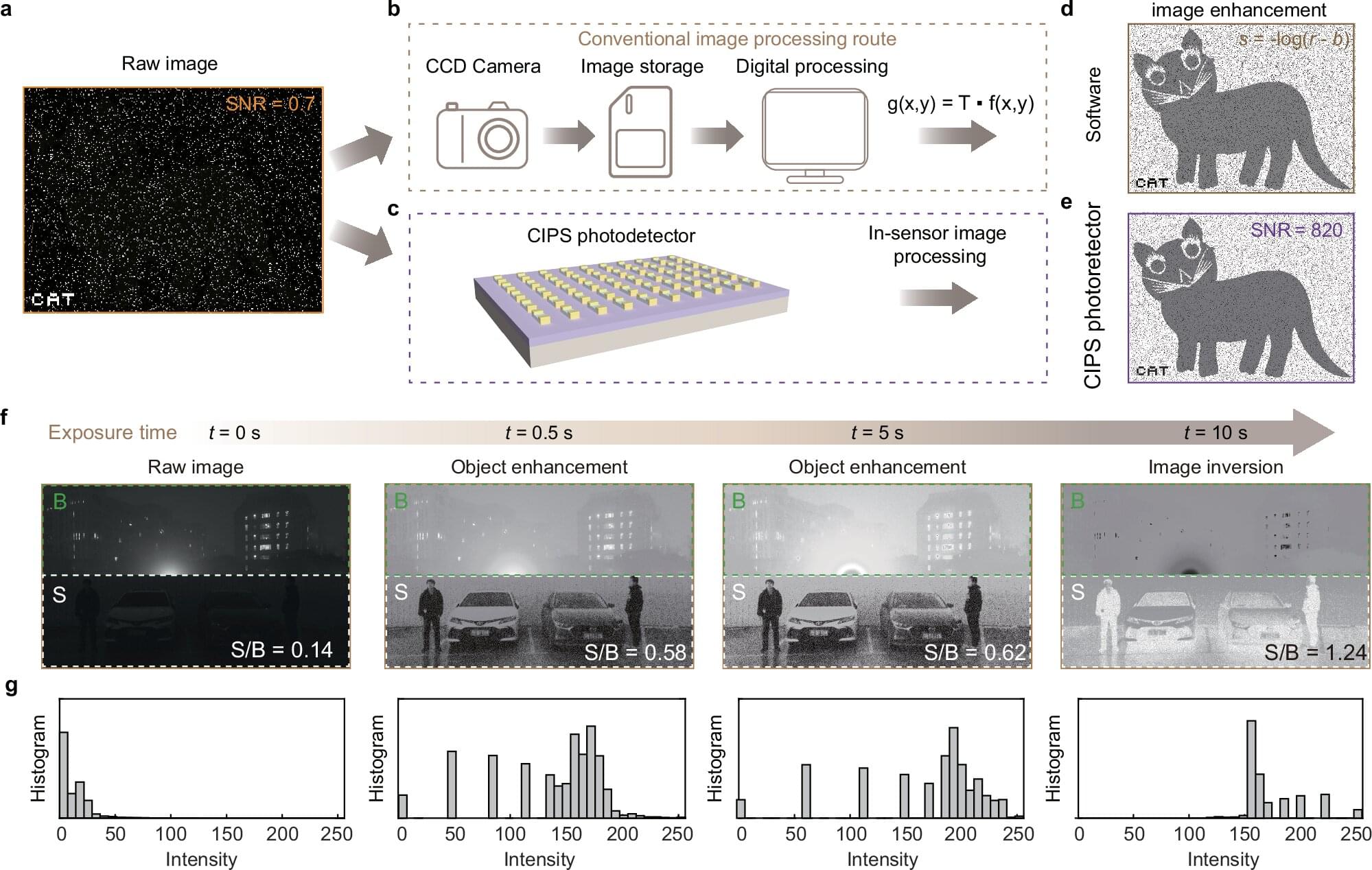Two recent studies by Professor Stefano Profumo at the University of California, Santa Cruz, propose theories that attempt to answer one of the most fundamental open questions in modern physics: What is the particle nature of dark matter?
Science has produced overwhelming evidence that the mysterious substance, which accounts for 80% of all matter in the universe, exists. Dark matter’s presence explains what binds galaxies together and makes them rotate. Findings such as the large-scale structure of the universe and measurements of the cosmic microwave background also prove that something as-yet undetermined permeates all that darkness.
What remains unknown are the origins of dark matter, and hence, what are its particle properties? Those weighty questions primarily fall to theoretical physicists like Profumo. And in two recent papers, he approaches those questions from different directions, but both centered on the idea that dark matter might have emerged naturally from conditions in the very early universe—rather than dark matter being an exotic new particle that interacts with ordinary matter in some detectable way.
